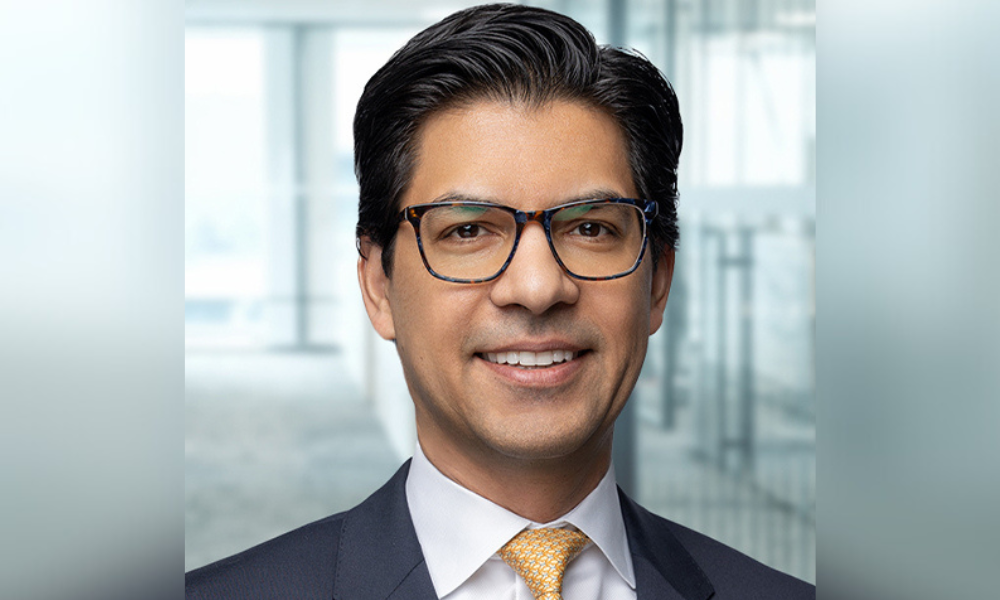Pension consultant sees active management hanging on by a thread. What can advisors do in 2015 to reverse the trend?
Pension consultant sees active management hanging on by a thread. What can advisors do in 2015 to reverse the trend?
Unfortunately, not much, suggests Ron Surz, a California-based pension consultant.
Back in November Surz wrote an article for Huffington Post discussing the reasons why active management still holds any relevance in wealth management. He concludes the article by suggesting financial advisors can win with active management if they undertake more thorough due diligence when selecting portfolio managers.
That’s easier said than done.
The pension consultant refers to a Towers Watson research report that states, “… active managers should be only 30% of all managers rather than the current 80%.” Towers Watson isn’t suggesting there be no active management, just that there be less of it.
Put another way the company believes passive investing better serves the needs of most investors. By eliminating approximately 60% of the current active managers, those left over will be capable of delivering alpha for their clients because they’ll be the most skillful investment managers available. Towers Watson elaborates further by suggesting alpha is possible at the asset-class level.
So, what does this mean for advisors?
In the case of fully-active management an advisor must carry out an extensive talent search for each of the managers required to construct a portfolio. That can be time consuming and costly.
Alternatively, an advisor can choose to go passive on the biggest pieces of the asset allocation puzzle, using active managers for just the specialty components of a portfolio.
A third option would see an advisor use active management for the biggest pieces of the asset allocation puzzle (the reverse from above) and passive investments for the rest. Of the two active/passive solutions, this might be the more difficult to implement because the number of passive investments available in the more niche asset types could be harder to come by.
Ultimately, the research suggests advisors using active management one-hundred percent of the time ought to scale that back because as it stands now, there are too many mediocre portfolio managers managing too much money.
The passage of time will change all that. In 2015, don’t be caught on the wrong side of this trend.
Unfortunately, not much, suggests Ron Surz, a California-based pension consultant.
Back in November Surz wrote an article for Huffington Post discussing the reasons why active management still holds any relevance in wealth management. He concludes the article by suggesting financial advisors can win with active management if they undertake more thorough due diligence when selecting portfolio managers.
That’s easier said than done.
The pension consultant refers to a Towers Watson research report that states, “… active managers should be only 30% of all managers rather than the current 80%.” Towers Watson isn’t suggesting there be no active management, just that there be less of it.
Put another way the company believes passive investing better serves the needs of most investors. By eliminating approximately 60% of the current active managers, those left over will be capable of delivering alpha for their clients because they’ll be the most skillful investment managers available. Towers Watson elaborates further by suggesting alpha is possible at the asset-class level.
So, what does this mean for advisors?
In the case of fully-active management an advisor must carry out an extensive talent search for each of the managers required to construct a portfolio. That can be time consuming and costly.
Alternatively, an advisor can choose to go passive on the biggest pieces of the asset allocation puzzle, using active managers for just the specialty components of a portfolio.
A third option would see an advisor use active management for the biggest pieces of the asset allocation puzzle (the reverse from above) and passive investments for the rest. Of the two active/passive solutions, this might be the more difficult to implement because the number of passive investments available in the more niche asset types could be harder to come by.
Ultimately, the research suggests advisors using active management one-hundred percent of the time ought to scale that back because as it stands now, there are too many mediocre portfolio managers managing too much money.
The passage of time will change all that. In 2015, don’t be caught on the wrong side of this trend.



